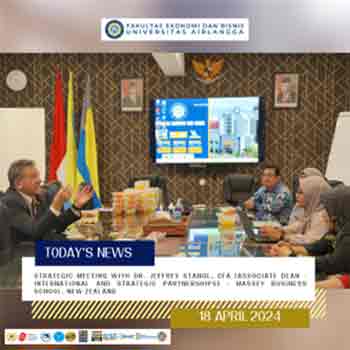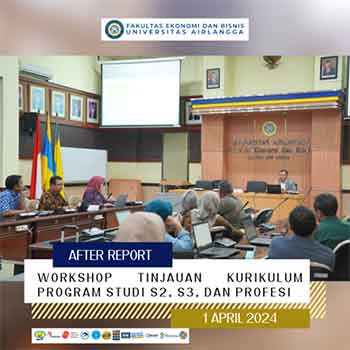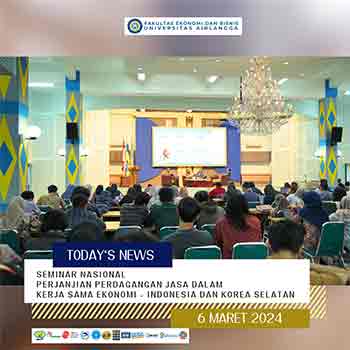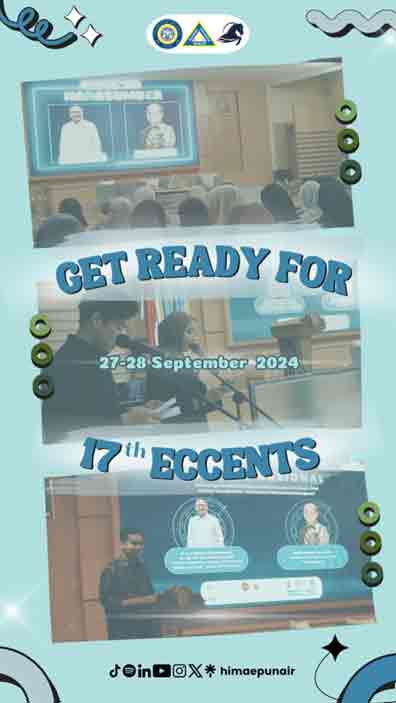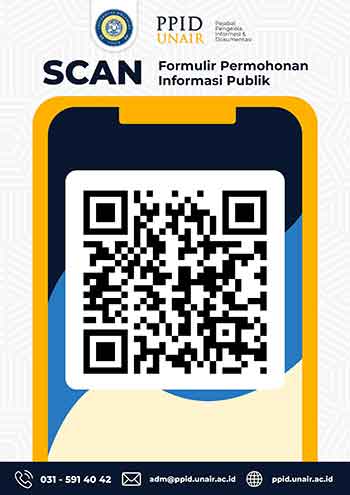SWITCHING BEHAVIOR OF HANDPHONE BUYERS IN SURABAYA: A CONSIDERATION-SETS MODEL
Amount: SWITCHING BEHAVIOR OF HANDPHONE BUYERS IN SURABAYA: A CONSIDERATION-SETS MODEL
Authors: VERONIKA RACHMAWATI
Item Type: Thesis
Memberships: Master of Management Study Program, Faculty of Economics and Business Universitas Airlangga Surabaya, Indonesia
Publisher: Airlangga University
Abstract
The variety of products, both goods and services offered in various brands by the company lately, has increased the desire of consumers to try these products in various brands. One of these products is a mobile phone product. The variety of mobile phone brands at this time has also made consumers more or less have the desire to switch to other brands. This research is a replication of the research that has been done by Sambandan & Lord (1995) with the title Switching Behavior in Automobile Markets: A Consideration-Sets Model. Therefore, this study also uses the same model as the study of Sambandam & Lord, namely the Consideration-Sets Model. In detail, this research has four main questions. First, how is the influence of Prior Experience, Product Knowledge and Media Search on the Consideration Set of consumers in purchasing mobile phone products. Second, how is the effect of consumer-consumer satisfaction on consumer brand switching behavior in the purchase of mobile phone products, third, how is the influence of the set of considerations on consumer brand switching behavior in purchasing cell phone products, and fourth, how is the influence of retailer search on consumer brand switching behavior in purchasing products? cell phone. The main purpose of this study is to analyze the behavior of consumer brand switching in purchasing mobile phone products in Surabaya. The limited funding and time of the research prompted the researcher to limit the research area to Surabaya, the area where the researcher is domiciled. In this study, all primary data were analyzed using path analysis with the help of AMOS 4.0 software. The results are shown by 7 goodness of fit indexes. Although the 2 indexes ( χ 2 and CMIN/DF ) do not fit, it can still be said that the model fits the observation data, because the 5 indexes meet the goodness of fit requirements. Testing the eleven hypotheses of this study uses the significance of each relationship described in the model (path coefficient). Of the eleven hypotheses proposed, four of them are not significant, as listed in table 5.23 (p. 88). The research instruments were taken from several research instruments by Sambandam & Lord (1995) which were adapted to the condition of the respondent's mobile phone in Surabaya. As a result, there are differences in research results. These differences can be a limitation of the results obtained in this study. In this research model, the desire to have a newly cellular phone, a desire to try other brands (variety seeking), and boredom of the owned cellular phone is not included. can influence consumers in switching behavior. In addition to considering factors that have not been studied, for future research it is better to increase the number of respondents, so that the data can be more normally distributed.
Keywords: Switching Behavior, Consideration Set, Prior Experience, and Product Knowledge
sources: http://repository.unair.ac.id/35467/





